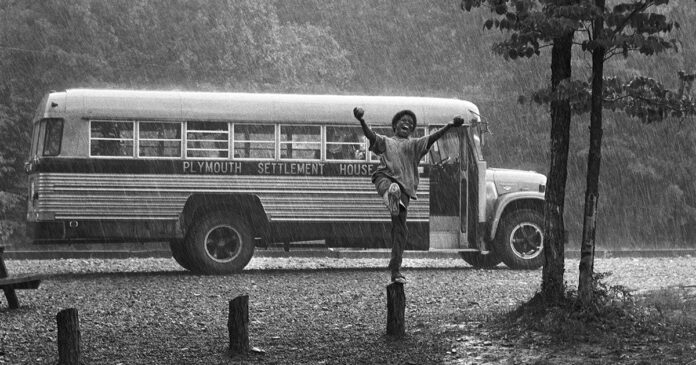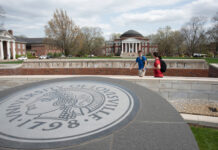
The current and former ownership of one of America’s most respected newspapers has made it possible for a treasure trove of an estimated 3 million images to be preserved for all time at the University of Louisville.
The Courier Journal – winner of 11 Pulitzer Prizes throughout its 154-year history – and its parent company Gannett have transferred its library of photographs and negatives to UofL Archives and Special Collections.
Members of Louisville’s Bingham family, which owned the newspaper from 1918 to 1986, have made a separate donation to support the collection, including preserving it, preparing it for use by the public, and developing programming to enable the public to engage with it.
Their combined generosity is creating the Barry Bingham Jr. Courier-Journal Photo Collection, announced UofL Interim President Lori Stewart Gonzalez. The unique journalistic collection is of local, state and national importance.
“We are incredibly grateful to the Courier Journal, Gannett, Emily Bingham, Molly Bingham and the rest of the Bingham family for making this historic gift possible,” Gonzalez said. “Generations of readers saw these photos in their daily newspaper each morning, and now, future generations will continue to be able to study and appreciate the insight they provide into the history of our city, state, nation and world.”
“This gift will allow the Courier Journal to retain the legacy of our work through this collection of historic photographs,” said Courier Journal Editor Mary Irby-Jones. “It is important for us to preserve and share our work with others so our community can learn about the history of Louisville as captured through our photographers in the field for more than 150 years. The Courier Journal is honored to entrust this priceless archive to the care of the University of Louisville for the purpose of making the collection available to the community for research and scholarship.”
“For most of a decade, it has been our dream to honor our father by finding a permanent, public home for the Courier Journal’s photographic collection,” Emily and Molly Bingham said in a joint statement. “This visual treasure is a testament to his dedication to high quality journalism, his passion for photography, his love of archives and his commitment to public access to information. He is up there somewhere today, smiling and joyfully twirling his trademark handlebar mustache.”
About the Barry Bingham Jr. Courier-Journal Photo Collection
The collection, consisting of images created by the photo department that served both the Courier Journal and the afternoon Louisville Times newspapers, chronicles daily happenings and major events from approximately the mid-1930s to the early 2000s when digital photography began to replace the use of film to capture images. The collection doubles the size of UofL’s photo holdings. It might have dated back further, but the Great Flood of 1937 destroyed much of the newspaper’s photo and negative library.
“The collection chronicles the civil rights movement, World War II, the Kentucky Derby through the years, presidential visits, changes in the built environment, and numerous public appearances and behind-the-scenes images of world leaders and celebrities,” said Archives and Special Collections Director Carrie Daniels. “Basically, all of the changes happening within our country were captured in these photographs.”
“It’s an incredible collection,” Elizabeth Reilly, photo archivist, said, “and with any large-scale acquisition like this, it will take years to process, organize and add information to the collection, to make images discoverable and usable by the public.
“A small portion of the collection will be available online, and, as we process the amazing imagery it contains, we will be opening up bigger and bigger parts of the collection to the public, making it accessible to everyone who wants to see it.”
Reilly credited Barry Bingham Jr., the third and last Bingham family member to serve as the paper’s publisher, for his devotion to setting high standards for the photography his newspaper published. The Courier Journal won two Pulitzer Prizes for photojournalism during his tenure.
“He was a huge supporter of high-quality photojournalism,” Reilly said. “He grew and improved the quality of photography in the newspaper through investments, hiring talented photojournalists, and giving them time and travel budget to capture visual information beyond the news moment or press release. That commitment to quality is reflected in the collection and adds to its national significance.”
Daniels cited the increase in scholarship and creative potential that the collection will bring to UofL.
“Our Photographic Archives already contain 2-to-3 million historical, documentary and fine art images dating from the 19th century to today that capture faces, buildings, landscapes and events from around the world, with a focus on Louisville and Kentucky. These images have appeared in scholarly or artistic work, including filmmaker Ken Burns’ documentaries, Dustbowl, Prohibition and Baseball. This dramatically increases our ability to provide images that everyone, including scholars and artists, will be able to use going forward, and we are very excited about that,” she said.
Note: Forty images from the collection have now been digitized and are available for viewing here.































